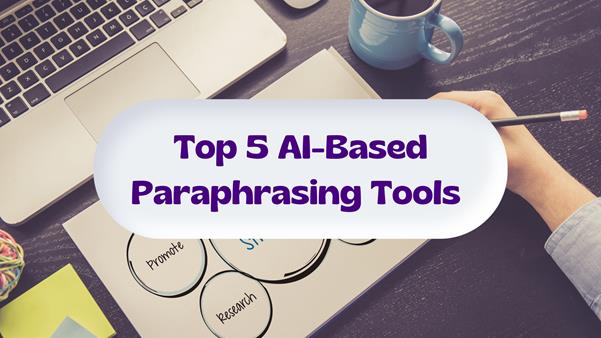Can Cloud Computing Make Collaboration With Third-Parties Easier? What Are The Security Risks?

Today, more people are working remotely, splitting their time and collaborating with others all over the world to get the best end result for their clients with as little expense as possible. Of course, business is not carried out in a vacuum, and so many projects involve multiple parties, each working together toward a shared goal – which is where cloud computing comes in rather handy.
Cloud computing is incredible for collaboration, allowing multiple users to access the same files from varying locations, share information, and communicate with greater efficiency. This article will explore how cloud computing can be used to collaborate, as well as some of the potential security risks involved with doing so.
Collaborating through cloud computing
Cloud computing refers to all the resources you can utilise online as a service. It includes areas like cloud storage and cloud hosting, with an impressive list of benefits for your business – namely collaboration capabilities.
Both within your company and with 3rd parties, you can use cloud computing to communicate, and also actively share data and files which can be edited in real time. You can work together on the same project from multiple locations – which is something that was much harder before cloud computing became an option.
While the ability to access and work together through cloud computing is one of its biggest benefits; there are security risks involved. Any endeavour involving 3rd parties comes with increased risk as you are no longer solely in charge of a process. Let’s look at some of the potential issues with cloud computing…
-
Access
In order to work together, share information or generally collaborate through cloud computing, you must allow access to everyone who needs it to do their job. This can mean that all of your employees and a long list of 3rd parties might all have access to certain data – which is a clear potential risk.
Cyber attackers can try and assume the identities of those with access in order to gain a foothold. As such, you should try and limit access to only those who need it, and keep it to those that you can trust.
-
Insecure interfaces
APIs and other interfaces can have vulnerabilities for a number of reasons. They could have been misconfigured, lack authentication and authorization, or even have insecure coding that can leave them open to attack.
You should track and monitor any APIs, check for any potential issues, and resolve them as soon as possible before they can cause unnecessary harm to your systems and operations.
-
3rd party resources
There are always going to be some risks when there are more moving parts, and by allowing access to 3rd party resources there is more potential for a weak link to be exploited.
You should make sure that it isn’t you by testing the security of your own applications, while also choosing any 3rd parties carefully and ensuring that they are on the ball with their own security and compliance.
Final thoughts
There are a number of other security risks including misconfiguration, insecure software development and so on, but many of these threats have diminished in recent years as businesses have a deeper understanding about shared responsibility.
If you are picking the best Australian cloud providers for example, you should be sure that they have carried out all relevant security checks and are doing their bit to keep their systems safe and secure at all times.
Cloud computing is an excellent way to collaborate with 3rd parties, and though there are a few elements of risk, the rewards in this case are far greater – particularly when all parties involved take the appropriate precautions.





